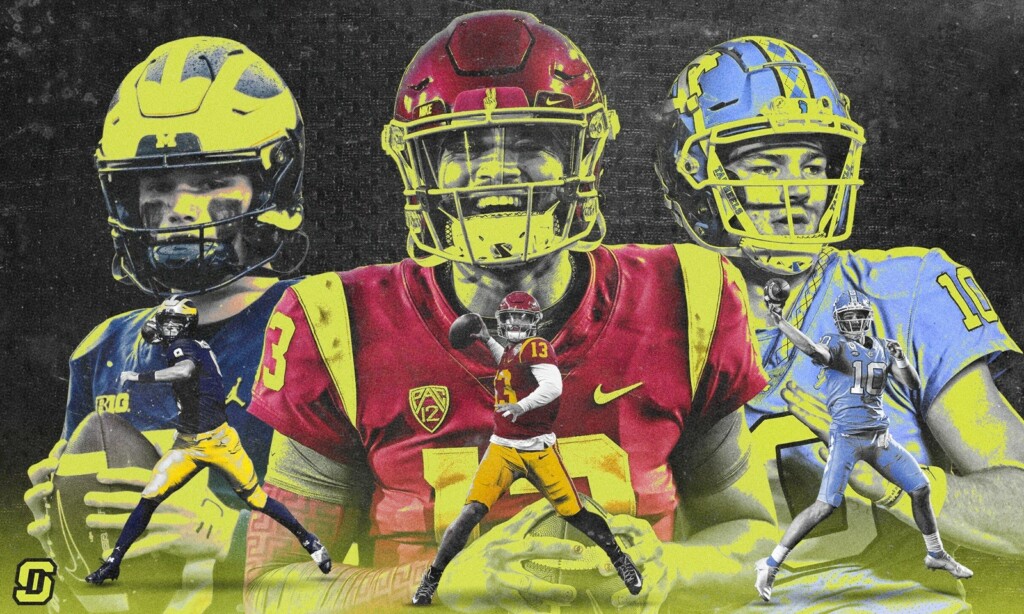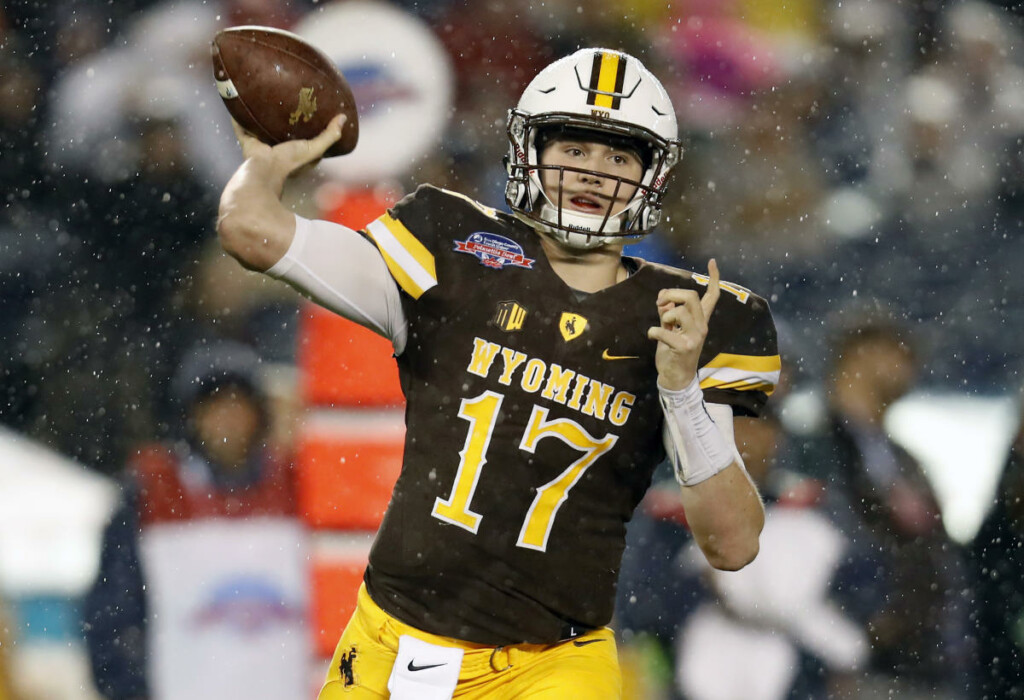What Are The Differences Between D1, D2, D3, NAIA and JUCO in Recruiting?
The world of college football recruiting is a multifaceted landscape, comprising various divisions with distinct approaches and timelines. In a conversation with Ryne Rezac, a seasoned expert in college football recruiting, The Wire explored the key differences between recruiting processes in different divisions such as D1, D2, D3, NAIA, and JUCO. Through his insights, Signing Day Sports aims to shed light on these disparities and educate aspiring athletes on the intricacies of their recruiting journey.
The Power of Resources
Ryne emphasized that one of the most significant disparities lies in the resources available to each division. D1 schools, blessed with substantial resources, initiate their recruiting efforts as soon as talented athletes set foot in high school.
On the other hand, D2, D3, NAIA, and JUCO schools, constrained by limited finances, tend to delay their recruitment until the junior or senior year. In some cases, D3 schools begin their recruitment process only during the student’s senior year. These divergent timelines present unique challenges for athletes aspiring to play at different divisions.
Another important point to remember is the number of scholarships available to athletes at the various levels of college football.
- Division 1 (FBS) – 85 scholarships (headcount)
- Division 1 (FCS) – 63 scholarships (equivalency)
- Division 2 – 36 scholarships (equivalency)
- Division 3 – N/A
- NAIA – 24 scholarships (equivalency)
- JUCO – Varies
For certain schools that either don’t provide athletic scholarships at all, or provide a limited number of them, there are opportunities for need-based aid or academic scholarships.
Expanding on the Timeline
While D1 schools enjoy an early start in the recruiting process, it doesn’t mean that D2 and D3 schools are prohibited from recruiting. The primary factor is the capacity and resources available to each division. D1 schools have the means to cast a wider net and initiate contact with athletes earlier. They leverage all forms of communication to establish connections with athletes early on.
“When the D1 schools are recruiting, obviously they’re sending out messages, they’re sending out mailers, they’re doing all those things that the D2 and D3 schools don’t have,” said Rezac. “They don’t have the extra manpower to manage those types of things and they don’t have the money to create those things.”
In contrast, D2 and D3 schools must carefully manage their resources and focus their efforts when they have a higher chance of success, typically during the senior year of high school. That is why it’s common to see these schools wait until the dust settles with the D1 schools before beginning their processes.
Ryne further emphasized that the timeline extends even further for NAIA and JUCO schools. These institutions often target athletes who may not meet the academic requirements or receive attention from D1, D2, or D3 schools. Their recruitment process revolves around waiting until the students’ senior year, where their transcripts become pivotal in determining their eligibility for admission.
The Influence of Exposure
Exposure plays a pivotal role in the recruitment process. Athletes yearn for the national spotlight, dreaming of playing in iconic stadiums packed with thousands of fans. The allure of universities like Oklahoma, Alabama, and Ohio State captivates young talents who crave national exposure.
“Obviously kids want to be on the national stage on TV every single Saturday,” explains Rezac. “Whether it’s 300,000 on TV or 100,000 in the Big House, the exposure aspect plays a huge factor in recruiting.”
Because of the varied levels of exposure across all divisions, the average NIL deal also fluctuates dramatically. According to The Business of Small College Athletics, the average NIL compensation per D2 athlete is $204 and the average for a D3 athlete is $309.
Last year, On3 reported that D1 football players were making an average of around $3,000 per year. This obviously takes into account some of the big earners such as Caleb Williams, Drake Maye, J.J. McCarthy, etc. But it’s still a notable increase over the lower divisions, and it can be traced back to the level of exposure mentioned by Rezac.

Strategic Recruiting Approaches
Despite limited resources, D2, D3, NAIA, and JUCO schools employ strategic recruiting approaches. They establish strong relationships with high school coaches, relying on their connections within the football community.
“With the D3 school that I went to, North Central College, they recruit really, really well in Illinois,” said Rezac. “They have 20 High Schools apiece for each of their coaches and each of them make sure to hit those 20 high schools in the spring.”
Coaches meticulously target specific high schools, making personal visits and attending camps to identify potential recruits. These schools patiently wait and swoop in when athletes from higher divisions have made their commitments, providing opportunities for talented players who may have been overlooked.
Success Stories
Ryne cited numerous success stories of athletes who excelled at lower divisions and made significant strides in their football careers. From JUCO players like Brandon Aiyuk, who later joined Arizona State, to the inspiring journey of Cooper Kupp, who flourished in D1-AA, athletes have proven that success knows no boundaries.
Notable NFL stars like Josh Allen, who attended a JUCO before winding up at Wyoming, shattered expectations and solidified their place among the elite. It’s not as rare as one might think. And these are just the stars. Professional rosters regularly feature athletes from D2, D3, JUCO, etc.

Embracing Opportunities
In concluding our conversation, Ryne offered valuable advice to recruits seeking alternative paths to success. He urged athletes not to limit themselves to D1 schools alone but to explore opportunities at D2, D3, NAIA, or JUCO schools.
Playing time, film exposure, and genuine love for the game are paramount. By starting at a level where they can showcase their skills and attract attention, athletes open doors for further advancement. The domino effect of offers and increased visibility may eventually lead to opportunities at higher divisions.
Takeaways
The world of college football recruiting encompasses various divisions, each with its own timeline, resources, and strategies. Understanding the nuances of these divisions is crucial for aspiring athletes navigating the recruitment process.
While D1 schools boast early recruitment initiatives and national exposure, athletes must recognize that opportunities exist at all levels. By embracing their potential and seeking out the right fit, athletes can find success and write their own inspiring stories on the gridiron, regardless of the division they choose.